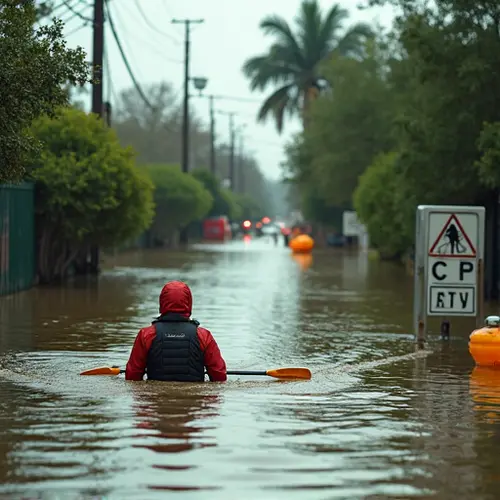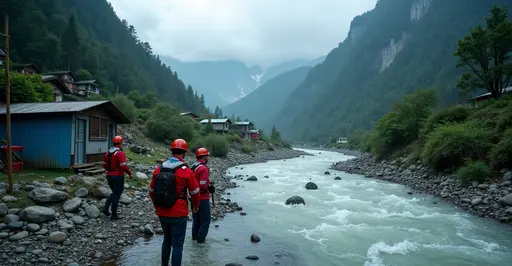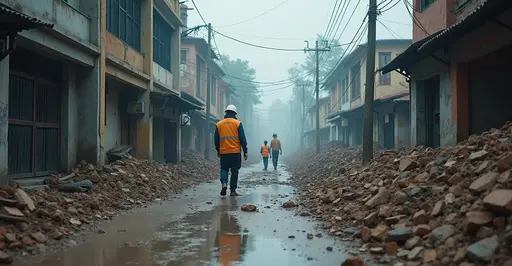
Catastrophic Flooding Ravages Northern India's Agricultural Heartland
Severe monsoon flooding has claimed at least 30 lives and affected more than 354,000 people across India's Punjab state, with authorities declaring all 23 districts as flood-hit zones. The disaster represents the worst flooding the region has experienced since 1988, according to Punjab Chief Minister Bhagwant Mann.
Emergency Response and Rescue Operations
Multiple disaster response teams, including the Indian Army, Air Force, and Navy, have been deployed to conduct large-scale rescue operations. Some 35 helicopters and over 100 boats have been pressed into service to evacuate approximately 20,000 people from low-lying and flood-affected areas. Hundreds of relief camps have been established to provide shelter and essential facilities to displaced families.
Agricultural Catastrophe in India's Food Basket
Punjab, often referred to as India's "food basket," has suffered extensive agricultural damage with approximately 148,000 hectares of farmland submerged. The state is a major producer of essential staples including wheat and rice, with a quarter of Punjab's 30 million residents dependent on agriculture for their livelihoods. The flooding raises immediate concerns about food security and rural economic stability.
River Systems at Critical Levels
Torrential downpours have caused water levels in Punjab's major river systems - the Sutlej, Beas, and Ravi - to rise to dangerous heights, putting hundreds of low-lying communities at risk. Multiple reservoirs are reported to be nearing full capacity, exacerbating the flooding situation.
Local residents living along the Sutlej river have been maintaining night-long vigils to monitor water levels and reinforce embankments with sandbags. "The water is high. The dam is seeping... Wherever it breaks, we fix it with sacks," Jasveer Singh, a resident of Sabra village, told BBC Punjabi.
Regional Climate Patterns and Cross-Border Impact
India's meteorological department attributes the extreme flooding to repeated interactions between monsoon currents and westerly disturbances, which have brought unusually heavy rainfall to several northern Indian regions. The disaster has also affected neighboring Pakistan's Punjab province, where approximately two million people have been impacted by flooding over recent weeks.
Chief Minister Mann has appealed for federal government assistance and emergency funding to address the crisis, describing the situation as "grim" during his boat tour of the severely affected Ferozepur district.

 Nederlands
Nederlands English
English Français
Français Deutsch
Deutsch Español
Español Português
Português








